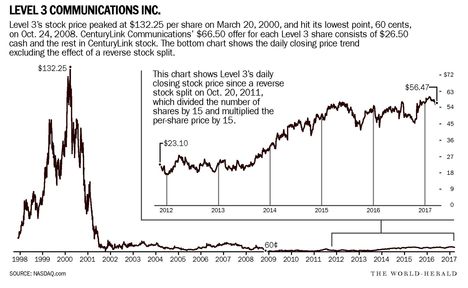(p. A19) Some anxious forecasters project that robotics, automation and artificial intelligence will soon devastate the job market. Yet others predict a productivity fizzle. The Congressional Budget Office, for instance, expects labor productivity to grow at the snail’s pace of 1.3% a year over the next decade, well below the historical average.
There’s reason to reject both of these dystopian scenarios. Innovation isn’t a zero-sum game. The problem for most workers isn’t too much technology but too little. What America needs is more computers, mobile broadband, cloud services, software tools, sensor networks, 3-D printing, augmented reality, artificial intelligence and, yes, robots.
For the sake of explanation, let’s separate the economy into two categories. In digital industries–technology, communications, media, software, finance and professional services–productivity grew 2.7% annually over the past 15 years, according to the findings of our report, “The Coming Productivity Boom,” released in March. The slowdown is concentrated in physical industries–health care, transportation, education, manufacturing, retail–where productivity grew a mere 0.7% annually over the same period.
Digital industries have also experienced stronger job growth. Since the peak of the last business cycle in December 2007, hours worked in the digital category rose 9.6%, compared with 5.6% on the physical side. If health care is excluded, hours worked in physical jobs rose only 3%.
What is holding the physical industries back? It is no coincidence that they are heavily regulated, making them expensive to operate in and resistant to experimentation. The digital economy, on the other hand, has enjoyed a relatively free hand to invest and innovate, delivering spectacular and inexpensive products and services all over the world.
But more important, partially due to regulation, physical industries have not deployed information technology to the same extent that digital industries have.
For the full commentary, see:
Bret Swanson and Michael Mandel. “Robots Will Save the Economy; The problem today is too little technology. Physical industries haven’t kept up.” The Wall Street Journal (Mon., May 15, 2017): A19.
(Note: the online version of the commentary has the date May 14, 2017.)


